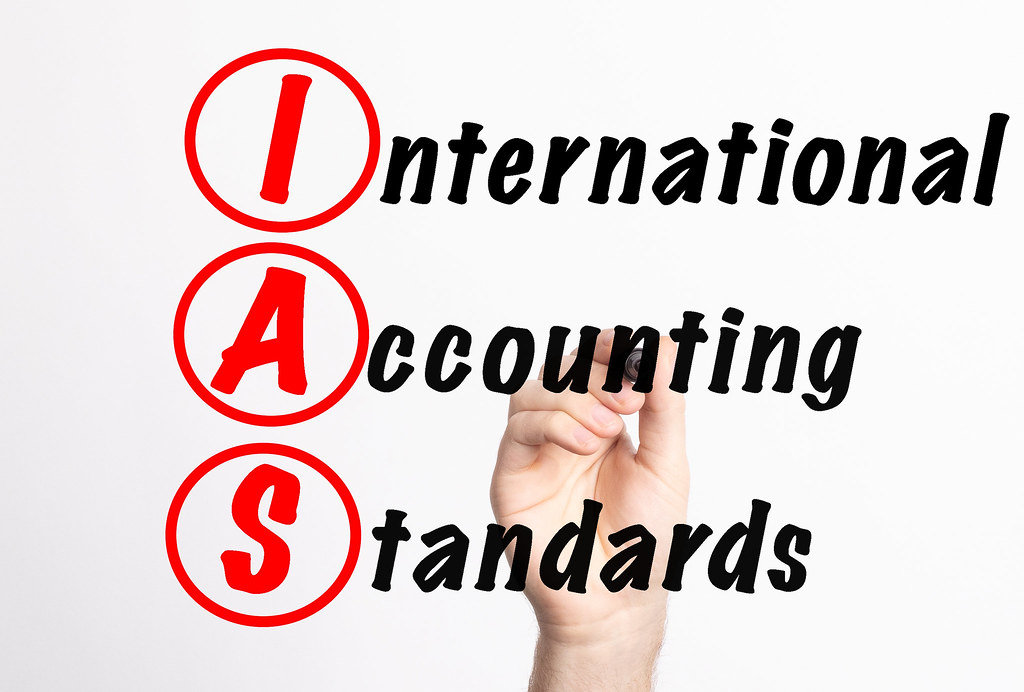The current accounting standard for disclosure requirements in financial statements is IAS 1 – Presentation of Financial Statements.
Therefore, I will provide examples of information that should be disclosed in financial statements under IAS 1:
Significant accounting policies: This should include a summary of the significant accounting policies adopted by the company, such as the methods used to value assets and liabilities, the treatment of contingencies, and the recognition of revenue and expenses.
Example: A company might disclose that it values inventory using the first-in, first-out (FIFO) method, recognizes revenue when it has transferred control of goods or services to customers, and capitalizes development costs incurred in the creation of an intangible asset.
Key assumptions and judgments: If management has made significant assumptions or judgments in preparing the financial statements, these should be disclosed.
Example: A company might disclose that it has assumed a certain rate of inflation in its revenue forecasts or that it has made a significant judgment in determining the fair value of a particular asset.
Related party transactions: This refers to transactions that take place between the company and related parties, such as its directors, key management personnel, and their close family members.
Example: A company might disclose that it has entered into a loan agreement with a director of the company, and provide details of the terms of the loan.
Contingencies: This refers to any uncertainties that could have a material impact on the financial statements, such as pending legal disputes, tax assessments, or environmental liabilities.
Example: A company might disclose that it is currently involved in a legal dispute that could result in significant financial exposure, and provide an estimate of the potential liability.
Segment reporting: If the company operates in multiple business segments, it should disclose information about the performance of each segment.
Example: A company might disclose the revenue, profit, and assets for each of its business segments, along with any significant risks and uncertainties facing each segment.
These are just a few examples of the types of information that should be disclosed in financial statements under IAS 1. The specific disclosure requirements will depend on the nature of the business and the particular circumstances of each case.
